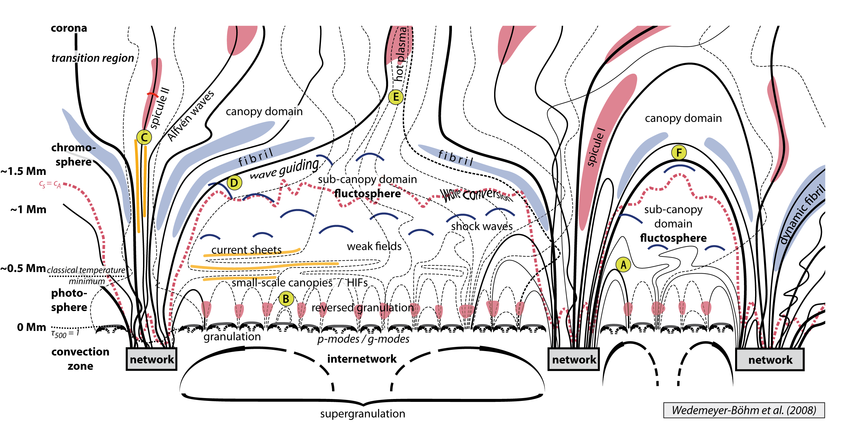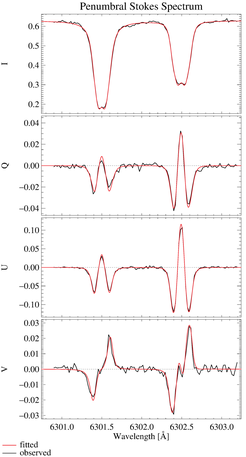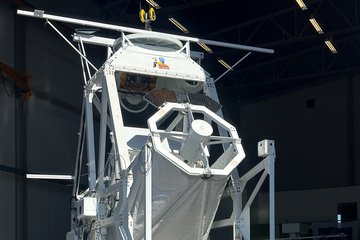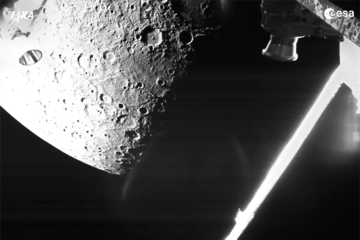
Deciphering the solar spectrum
The detailed interpretation of solar spectro-polarimetric data is often aided by making use of an inversion code, a computer code that attempts to find the atmospheric structure that produced an observed spectrum by minimizing the difference between the observed spectrum and a Stokes spectrum that is numerically calculated from a simplified atmospheric structure by solving the radiative transfer equation. Key to the accuracy of the "inverted" atmosphere is the level of detail included in the calculation of the spectrum, including the effects of NLTE (non-LTE), the decoupling of the radiation from local thermodynamic equilibrium (LTE). The group is currently developing and maintaining three different computer codes that depend on solving the radiative transfer equation under different conditions.
The source code of the solar atmosphere: development and improvement of radiative transfer computations
In this PhD project you collaborate with other developers in the SLAM group on the improvement and extension of an inversion and/or radiative tranfer code. The emphasis of this project is on the numerical implementation of detailed physical effects in radiative transfer and what can be learnt or improved in this way. Familiarity with a major programming language and/or affinity or experience with numerical simulations is a strong advantage.













